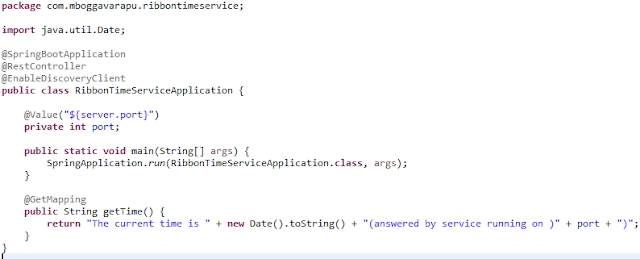Highlights of Scrum - Scrum guide at scrum.org
Highlights of Scrum
Please note, the following points are learnt and noted down by me from Scrum guide at scrum.org. Anyone can download the Scrum guide from scrum.org and read it.
I noted down the most important points to remember from Scrum guide which is defined at scrum.org.
Please note, the following points are learnt and noted down by me from Scrum guide at scrum.org. Anyone can download the Scrum guide from scrum.org and read it.
I noted down the most important points to remember from Scrum guide which is defined at scrum.org.
- Scrum is not a process, technique or definitive method
- Scrum is a framework for developing, delivering and sustaining complex products.
- Ken schwaber and Jeff sutherland developed Scrum
- Scrum is lightweight, simple to understand and difficult to master.
- Scrum is a framework which employs several processes and techniques
- Scrum is a framework within which people can address complex adaptive problems while productively and creatively delivering product with highest possible value.
- Scrum has been started in early 1990
- Scrum has been used to develop software, hardware, embedded software, autonomous vehicles, schools, government, marketing and managing the operations of organization and almost everything we use in our daily lives as individuals and societies
- Scrum proved especially effective in iterative and incremental knowledge transfer. Scrum is widely used for products, services and management of parent organization.
- The essence of Scrum is small team of people.
- Scrum employs an iterative and incremental approach to optimize predictability and control risks.
- Scrum is based on Empirical process control theory or Empiricism.
- Three pillars of Scrum are Transparency, Inspection and Adaptation
- Scrum prescribes four formal events for Inspection and Adaptation. They are Sprint planning, Daily Scrum, Sprint Review, Sprint Retrospective
- Scrum values are Commitment, Courage, Focus, Openness, Respect.
- Scrum Team consists of Product Owner, The Development Team and The Scrum Master.
- Scrum teams are Self-organizing and Cross functional. Self-organizing teams choose how best to accomplish their work rather than directed by others outside the team. Cross-functional teams have all competencies needed to accomplish their work without depending on others who are not part of the team.
- The team model in Scrum is designed to optimize flexibility, creativity and productivity.
- Each scrum event is an oppurtunity to inspect and adapt something.
- Scrum events are specifically designed to enable critical transparency and inspection.Failure to include these events results in reduced transparency and and is a lost opportunity to inspect and adapt.
- During the Sprint no changes are made that endanger the Sprint goal, quality goals do not decrease, scope may be clarified and re-negotiated between the PO, development team as more is learned.
- Sprints are limited to one calendar month.
- When sprint length is too long, the definition of what is being built may change, complexity may arise and risk may increase.
- Sprints enable predictability by ensuring inspection and adaptation of progress towards Sprint goal atleast every calendar month. Sprint limits risk to one calendar month of cost.
- A Sprint can be cancelled before sprint timebox is over. Only the PO have authority to cancel the Sprint, although he/she may do so under the influence of stakeholders, development team and scrum master.
- A Sprint would be cancelled when the Sprint goal becomes obsolete. This might occur if company changes it direction or if market or technology condition change.
- When a Sprint is cancelled, any completed and Done product backlog items are reviewed. IF part of work is potentially releasable, the PO typically accepts it. All in-complete product backlog items are re-estimated and put back on product backlog.
- Sprint planning is timeboxed to maximum of eight hours for one month Sprint.
- Daily Scrum is 15 minute time-boxed event for Development Team. At it, the development team plans work for the next 24 hours. This optimizes team collaboration and performance by inspecting the work since the last daily scrum and forecasting upcoming sprint work.
- The daily scrum is held at the same time and place each day to reduce complexity.
- The development team often meet immediately after the daily scrum for detailed discussions or to adapt or replan the rest of Sprint's work.
- The Daily scrum is the internal meeting for dev team. If others are present, the scrum master ensures that they do not disrupt the meeting.
- Daily scrum improve communications, eliminate other meetings, identify impediments to development for removal, highlight and promote quick decision making and improve the dev team level of knowledge. This is key inspect and adapt meeting.
...to be continued..

Comments
Post a Comment